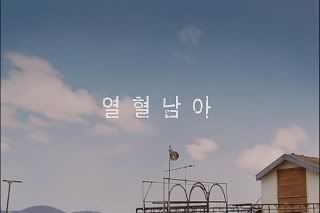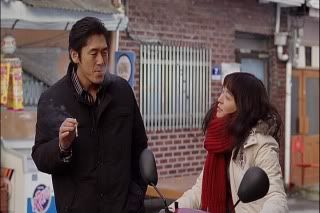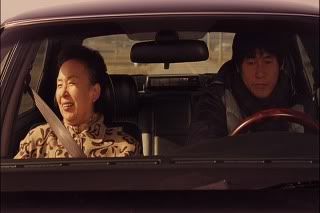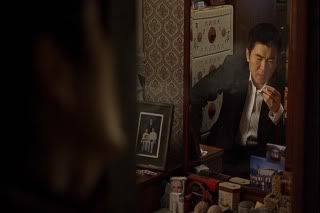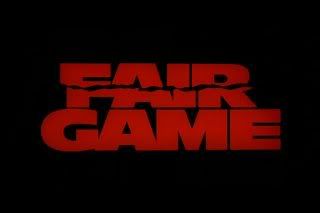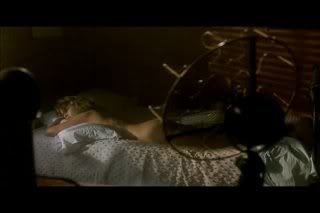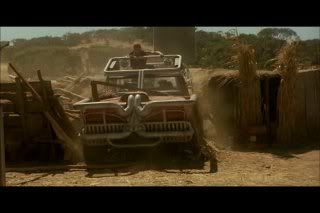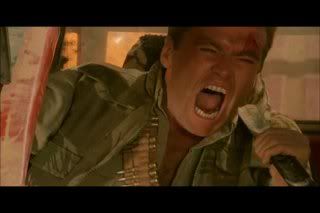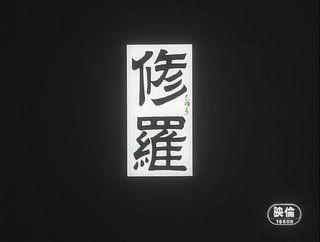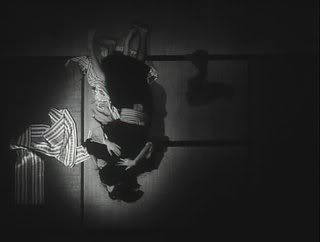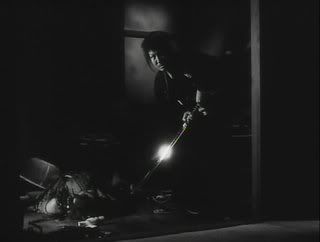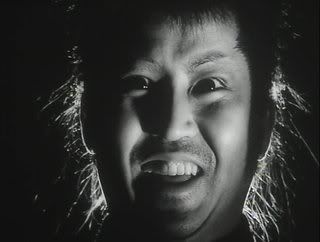The eventual attack occurs entirely without warning – Major Rane comes home to find a group of thugs waiting to extort the recent gift of silver dollars that he received from the city – and their attack is brutal. Rane, used to brutal treatment, is completely silent, but his returning family seal their fate by walking in on the violence. Director John Flynn (The Jerusalem File (1972), Defiance (1980)) is wisely restrained during this scene, though it’s still a vicious and disturbing assault. The attackers are a quite a wonderfully sleazy collection, including James Best (best known as Rosco P. Coltrane from The Dukes of Hazzard) as Tex, and the wonderful character actor Luke Askew as the memorably named Automatic Slim.
After a long hospital stay where his wrist is fitted with a hook, Rane begins his bloody search for revenge in Mexico. Linda Haynes as his “groupie” and love interest doesn’t really provide much, but she is a necessary part of his plan for tracking down the assailants. These scenes are notable for their air of menace before sudden punctuations of violence as the Major gets closer to his targets. Discovering that they’ve settled in El Paso, Rane gets together with fellow POW and friend Johnny Vohden – who is more visibly affected by his experiences during the war - who jumps at the opportunity to be part of the assault. Tommy Lee Jones looks shockingly young here, but the scenes of him obviously failing to adjust to his new family life are a highlight. He also gets perhaps the best line when asked by a prostitute what he’s planning after Rane turns the whorehouse (which contains Automatic Slim and the rest of his gang) into a shooting gallery: “I'm gonna kill a bunch of people.”
After a long hospital stay where his wrist is fitted with a hook, Rane begins his bloody search for revenge in Mexico. Linda Haynes as his “groupie” and love interest doesn’t really provide much, but she is a necessary part of his plan for tracking down the assailants. These scenes are notable for their air of menace before sudden punctuations of violence as the Major gets closer to his targets. Discovering that they’ve settled in El Paso, Rane gets together with fellow POW and friend Johnny Vohden – who is more visibly affected by his experiences during the war - who jumps at the opportunity to be part of the assault. Tommy Lee Jones looks shockingly young here, but the scenes of him obviously failing to adjust to his new family life are a highlight. He also gets perhaps the best line when asked by a prostitute what he’s planning after Rane turns the whorehouse (which contains Automatic Slim and the rest of his gang) into a shooting gallery: “I'm gonna kill a bunch of people.”
The film ends suddenly, violently. There is no relief here. No exhale and no victory. You get the feeling that these men simply have no existence outside of the violence they’ve caused. No future to look forward to. Their mission complete, the credits simply roll and we’re left to ponder what years of intense violence can do to the minds of men. Many films featuring traumatized vets were to follow, but few carry the weight and intensity (or, it must be admitted, thrills) of this lost classic. One of the great revenge films, and highly recommended.









